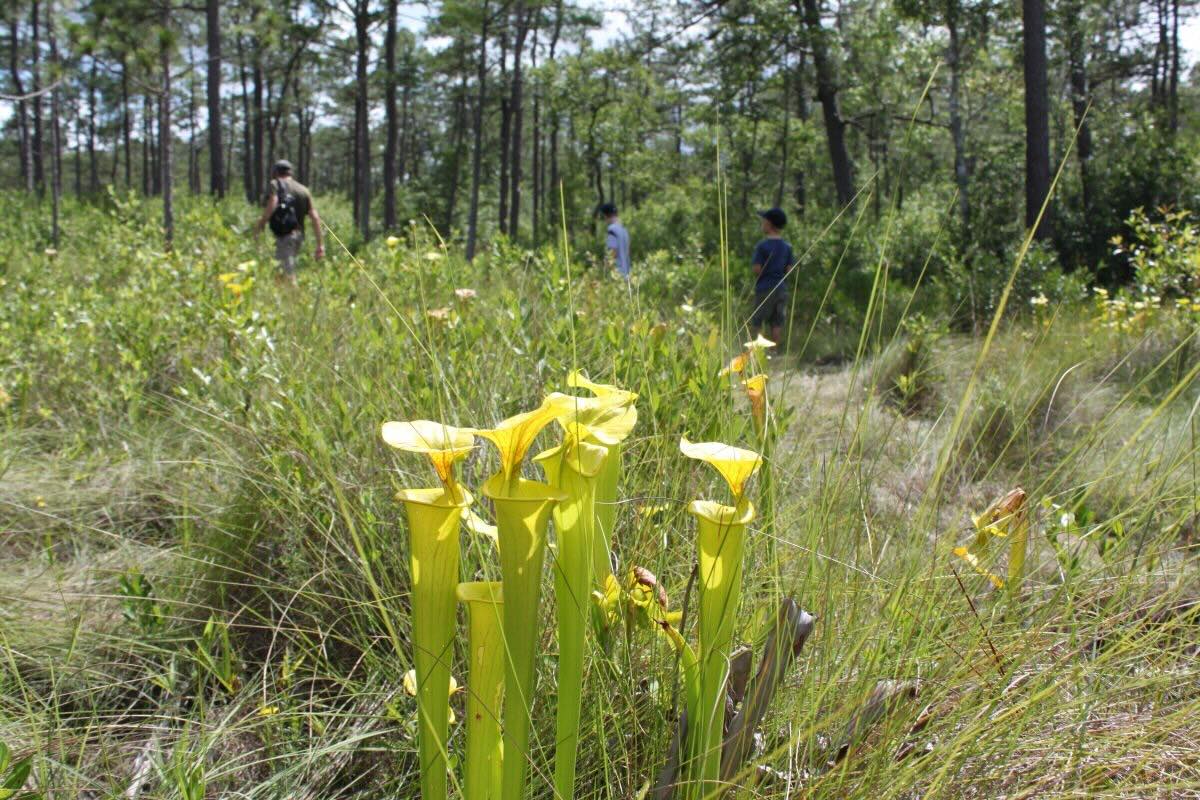Secrets Of North Carolina’s Carnivorous Plant Bogs Green Swamp

Have you ever heard of plants that eat insects? North Carolina's carnivorous plant bogs are home to some of the most fascinating plants in the world. These unique ecosystems host Venus flytraps, pitcher plants, and sundews. Found mainly in the Green Swamp, these bogs offer a rare glimpse into a world where plants have adapted to nutrient-poor soils by turning the tables on insects. Imagine walking through a swampy area and seeing a plant snap shut on an unsuspecting fly. Intrigued? Let's dive into the secrets of these amazing bogs and discover what makes them so special.
Secrets of North Carolina's Carnivorous Plant Bogs
North Carolina's Green Swamp is a hidden gem for nature enthusiasts. This unique ecosystem is home to some of the most fascinating carnivorous plants. Let's dive into the secrets of these bogs and explore the wonders they hold.
The Enigmatic Venus Flytrap
The Venus Flytrap is perhaps the most famous carnivorous plant. Its unique mechanism for trapping insects is a marvel of nature.
Green Swamp Preserve: This is the best place to see Venus Flytraps in their natural habitat. The preserve offers guided tours that explain how these plants catch their prey.
Carolina Beach State Park: Another excellent spot to observe Venus Flytraps. The park has a dedicated trail where you can see these plants up close.
The Mysterious Pitcher Plants
Pitcher plants lure insects into their tube-shaped leaves, where they become trapped and digested. These plants are both beautiful and deadly.
Holly Shelter Game Land: This area is known for its diverse population of pitcher plants. The game land is a great place for a hike while spotting these intriguing plants.
Boiling Spring Lakes Preserve: Here, you can find several species of pitcher plants. The preserve is a serene spot perfect for a quiet day of plant observation.
The Intriguing Sundews
Sundews are small but mighty. These plants use sticky, glandular hairs to trap and digest insects.
Croatan National Forest: This forest is home to a variety of sundews. The forest's wetland areas are particularly rich in these tiny carnivores.
Lumber River State Park: Sundews thrive in the park's boggy areas. A walk through these parts will reveal numerous sundews glistening in the sunlight.
The Elusive Butterworts
Butterworts use their sticky leaves to catch insects. These plants are often overlooked but are fascinating in their own right.
Pocosin Lakes National Wildlife Refuge: This refuge is a haven for butterworts. The wetland areas provide the perfect environment for these plants to flourish.
Alligator River National Wildlife Refuge: Another excellent location for butterworts. The refuge's diverse habitats support a wide range of carnivorous plants.
The Rare Bladderworts
Bladderworts are aquatic carnivorous plants that use tiny bladder-like traps to capture prey. They are a rare sight but worth the effort to find.
Lake Waccamaw State Park: This park's unique ecosystem supports bladderworts. The lake and surrounding wetlands are ideal for these aquatic plants.
Merchants Millpond State Park: Bladderworts can be found in the park's swampy areas. A canoe trip through the millpond offers a chance to see these plants in action.
The Magic of North Carolina's Carnivorous Plant Bogs
North Carolina's carnivorous plant bogs offer a unique glimpse into nature's wonders. These bogs, like Green Swamp, are home to fascinating plants such as Venus flytraps, pitcher plants, and sundews. Visiting these areas provides an educational experience and a chance to see these incredible plants in their natural habitat. Conservation efforts are crucial to protect these ecosystems from threats like habitat loss and climate change. By supporting local conservation groups and respecting these environments, we can help preserve these natural treasures for future generations. So, next time you're in North Carolina, take a moment to explore these magical bogs and appreciate the beauty and complexity of the carnivorous plants that call them home.

